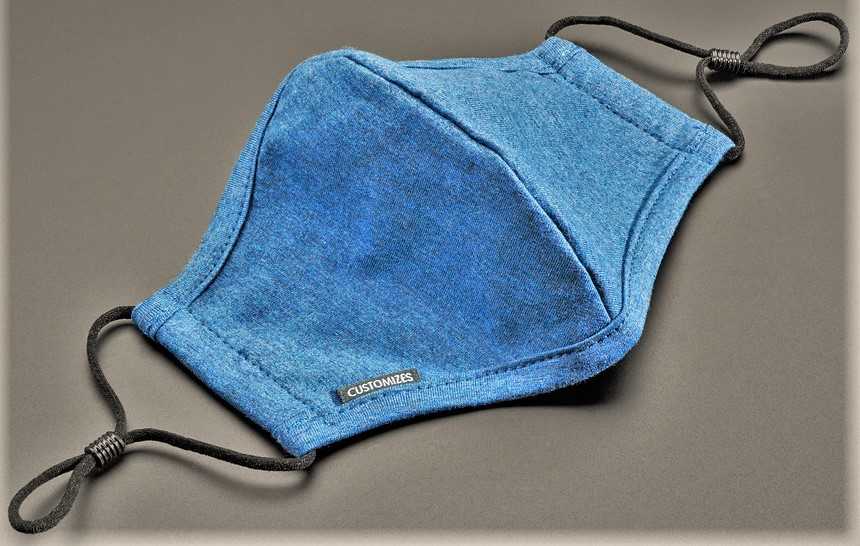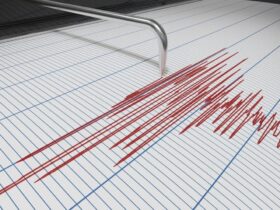While surgical masks and face filters are the best measures, research reveals the best materials for DIY ones
The best way to protect ourselves and others from the coronavirus is to wear a protective mask. The guidelines recommend wearing a surgical mask or face filter (FFP2 or FFP3), but in the absence of these tools it may be necessary to wear a DIY mask. New research analyzes the most suitable materials and their filtering power.

Masks: an economic issue too
If in Italy and in the Western world in general find surgical masks now it is very easy, it is still not the case for countries in the poorest areas of the world. Where health services and governments do not have the means to procure these tools, it is therefore necessary to find solutions that can “plug” this lack. These solutions must be as cheap as possible and can be found with easily available materials. The emergency due to the SARS-CoV-2 must be addressed globally, and effective but low-cost protection can therefore be crucial.

DIY materials
At the outbreak of theemergency coronavirus the University of Georgia in America he began to study which common materials could have a higher filtering power. Their results have now been published in Aerosol Science and Technology. The researchers tested 33 different materials commercially accessible not limited to cloth fabrics, including cotton and polyester, mixed fabrics, cellulose-based materials, materials commonly found and used in hospitals and more. In general the results show that the best materials are those multilayer. Fabrics made up of 2/3 layers of material are able to filter more than 50% of the micronic and submicronic particles expelled by a person. If well suited to the face masks made up with these materials, for example blackout curtains, are able to block 84% of the particles that can transmit the virus. Two people wearing this type of face mask reduce transmission of infection by approximately 96%. However, it is important to pay attention to breathability: researchers advise against the use of vacuum bags, fleece or fabrics for shopping bags due to low breathability. Also avoid HEPA / MERV filters (for example vacuum cleaner bags) due to the possible presence of fiberglass that could be inhaled.

A platform to test DIY masks
The results of the study were used to create a platform useful for people to make the best DIY mask. On the site, available at this link, there are practical advice on the materials to choose, test to check the filtering capacity of the materials, guide for the realization of the templates and many other useful information. By Lee (Sally) Ng, author of the research hopes these results will improve the spread and use of these protection systems stating:
Not everyone understands the importance of airborne transmission of the virus and the importance of wearing a mask. The best way to protect ourselves and others is to reduce the exhaled particles from the source, and the source is our face. This protection is amplified if we really all start wearing masks.
Follow us in our section sciences for other news.














